Whales are graceful, majestic creatures that have captured our imaginations for centuries. They live in every ocean of the world and come in various shapes and sizes. From their impressive size to their unique behaviors, whales are fascinating creatures worth learning about.
Let’s dive into the majestic world of whales and uncover some interesting facts you may not have known before!
The Majestic World of Whales
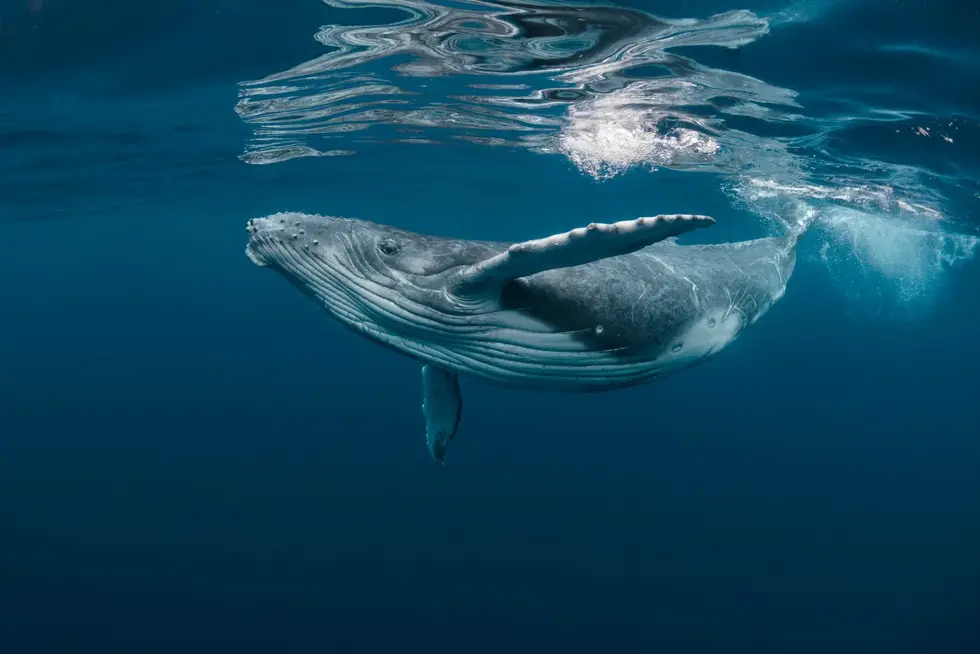
Whales and dolphins, are truly one of the most magnificent creatures to grace our planet. Their sheer size and grace in the water is a sight to behold. The blue whale, for instance, is the largest animal that has ever existed, reaching lengths of up to 100 feet and weighing as much as 200 tons.
To put that into perspective, that’s about as long as a basketball court and as heavy as 50 elephants! Despite their massive size, whales are incredibly agile swimmers, and some species can even leap completely out of the water.
But did you know that whales come in many different shapes and sizes? In fact, there are over 80 species of whales in the world!
These species blue whales are categorized into two groups: baleen whales and toothed whales. Baleen whales, such as the humpback and gray whale, have bristly plates called baleen that filters food from the water. Toothed whales, such as the killer and sperm whale, have teeth and feed on larger prey like squid and fish.
Different Species of Whales
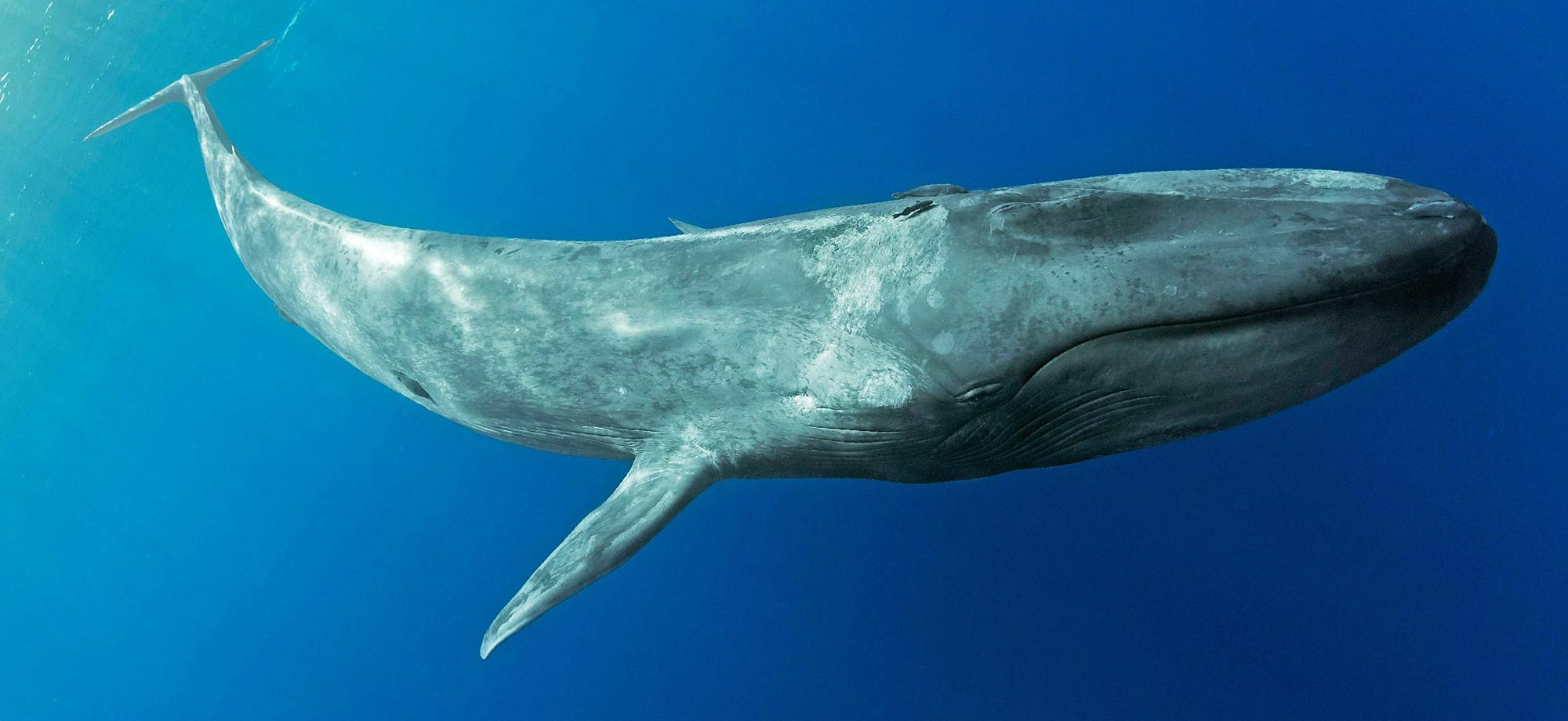
Graceful Giants: The Magnificent Humpback Whales
Let’s take a closer look at some of the different species of whales. The humpback whale, known for its haunting songs, can grow up to 50 feet long and weigh up to 40 tons. The gray whale, on the other hand, can grow up to 50 feet long and weigh up to 36 tons. The killer whale, also known as the orca, is one of the most recognizable whale species and can grow up to 32 feet long and weigh up to 6 tons.
In the vast expanse of the ocean, there exists a species of whales that captures the hearts and imaginations of those fortunate enough to witness their awe-inspiring presence. These gentle giants, known as humpback whales, embody the epitome of grace and majesty. From their captivating sperm whale calls to their unique sleep patterns, humpback whales never fail to leave us in sheer wonder.
Among the fascinating attributes of humpback whales and dolphins sleep is their ability to engage in deeper sleep compared to many other marine mammals. While most land mammals comfortably fall asleep for extended periods, these ocean dwellers must adapt to their unique environment.
Megaptera novaeangliae, along with their counterparts like dolphins, are conscious breathers. They cannot afford to become unconscious for long durations, as they rely on conscious breathing to ensure their survival.
The Mighty Sperm Whales
In the vast depths of the ocean, sperm whales reign as the giants of the deep. These magnificent creatures, known for their immense size and distinctive appearance, hold a special place in the world of whales and marine mammals. Let’s explore the fascinating world of sperm whales, from their incredible diving abilities to their unique sleep patterns.
Physeter macrocephalus spend the majority of their lives in the ocean, venturing into the depths to search for their preferred prey—giant squids. To reach these depths, sperm whales have developed a remarkable ability to hold their breath for extended periods up to 90 minutes.
As the mighty sperm whales descend into the ocean’s depths, they encounter increasing pressure and decreasing body temperature. To adapt to these extreme conditions, their bodies have evolved specialized adaptations. For instance, their blood carries much more oxygen and a high concentration of myoglobin, a protein that enables them to store oxygen more efficiently.
One of the most iconic features of the sperm whale is its distinctive sperm whale calls, which can be heard over vast distances. These vocalizations play a crucial role in communication, echolocation, and social interactions. The intricacies of these calls are still being studied, but they contribute to the unique acoustic landscape of the ocean.
The Evolution of Whales
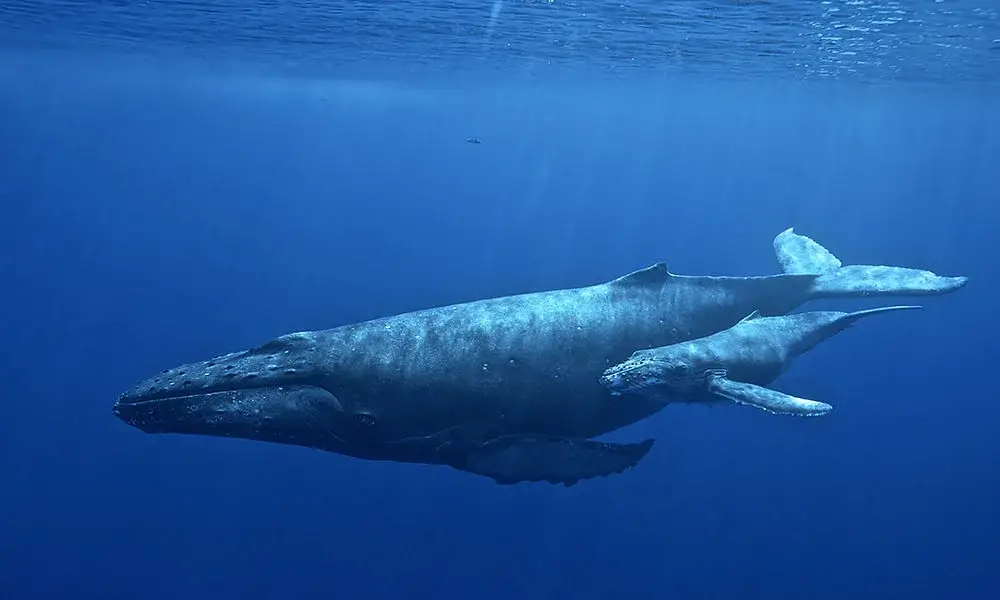
Whales have a fascinating evolutionary history. They descended from non-aquatic mammals that roamed the Earth over 50 million years ago. Scientists believe that the first whales were small, four-legged creatures that lived near the water’s edge.
They gradually adapted to marine life, developing adaptations like flippers and tail fins for swimming instead of legs for walking on land. Over time, they grew larger and more specialized, eventually becoming the majestic creatures we know and love today.
Whales in Mythology and Culture
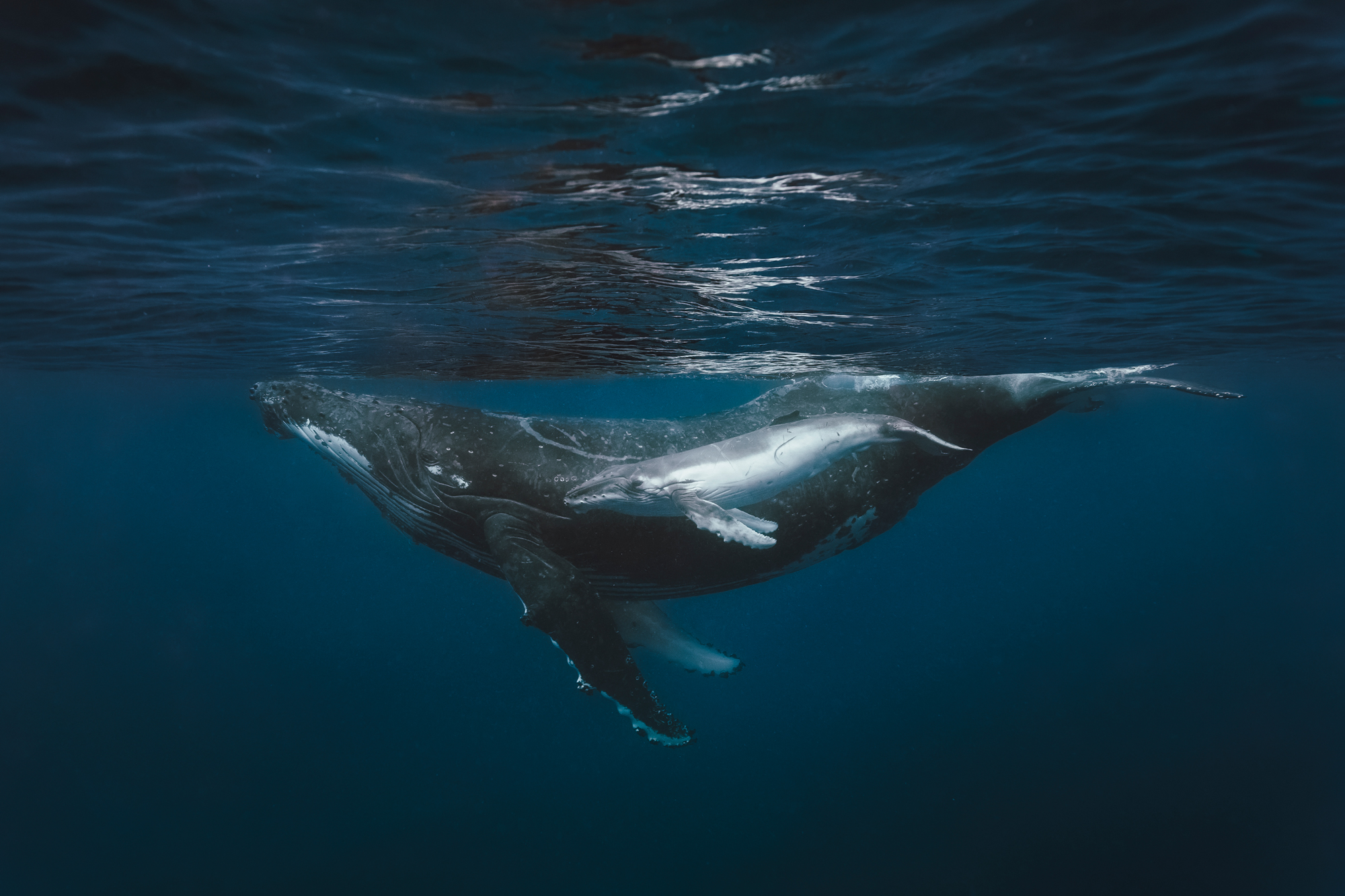
Whales have played a significant role in the myths and cultures of various civilizations throughout history. For people like the Inuit, whales were a major source of food and culturally significant as well. In other cultures, whales were considered sacred or symbols of strength and wisdom. The Maori people of New Zealand, for example, have a legend about a whale that carried their ancestor to safety after his canoe capsized.
It’s clear that whales have captured our imaginations for centuries. Their beauty and majesty continue to inspire us to this day, and we must do all we can to protect these incredible creatures and their habitats.
The Anatomy of Whales
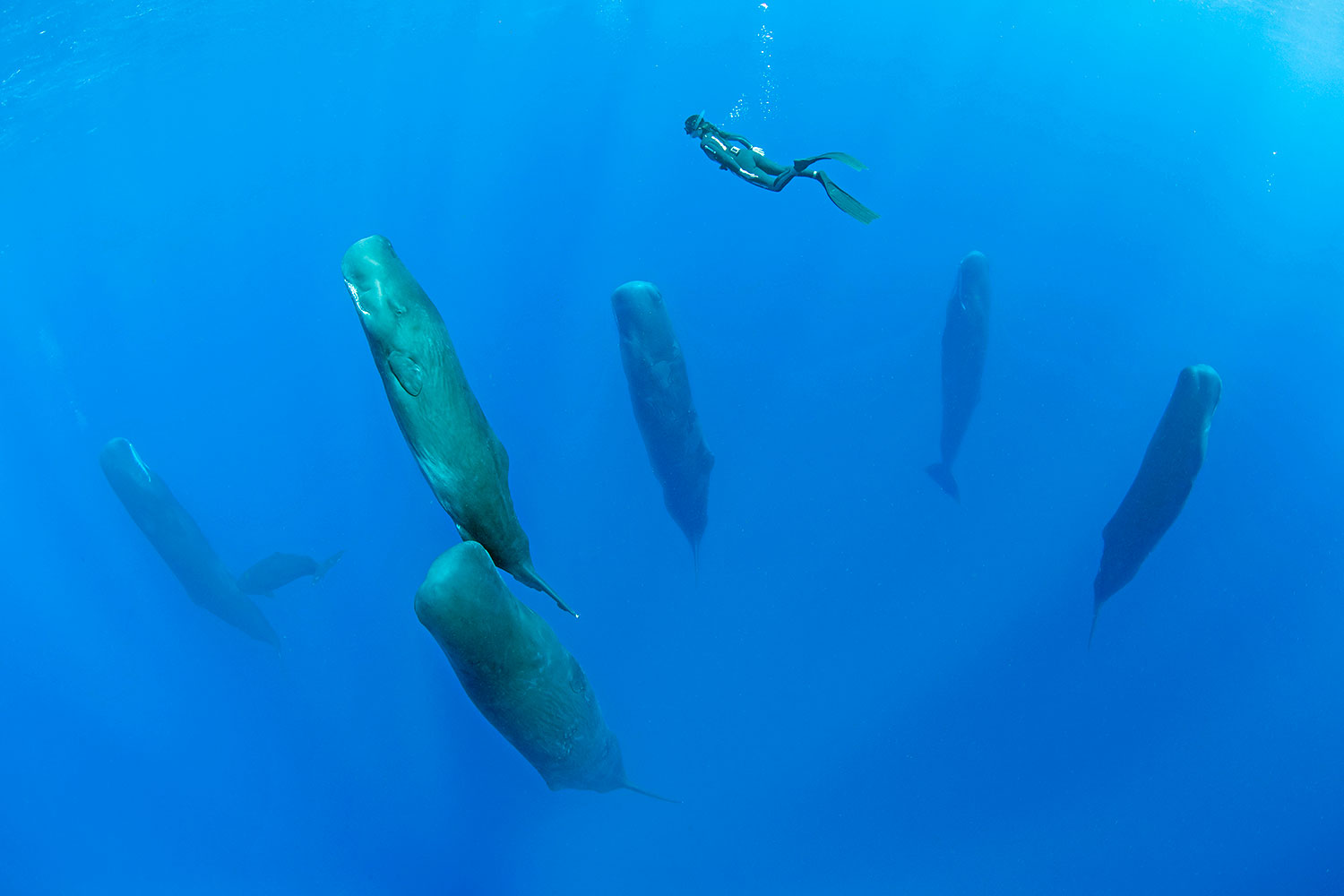
In addition to their size and grace, whales have fascinating physical features that make them unique creatures. Understanding their anatomy can help us appreciate them even more.
Whales are known for their majestic presence and their impressive size. They are the largest mammals on earth and can grow up to lengths of 100 feet. This is almost as long as a basketball court! Their size is not the only thing that makes them unique. Let’s take a closer look at their anatomy.
Size and Weight
Whales come in all shapes and sizes. The smallest is the dwarf sperm whale, which is only about 8.5 feet long and weighs around 600 pounds. The largest, as we mentioned, is the blue whale, which can reach lengths of up to 100 feet and weigh as much as 200 tons!
Their size is not just for show. It helps them to survive in their natural habitat. For instance, their large size helps them to maintain their body heat in cold water. They also have a thick layer of blubber that helps to insulate them from the cold.
Unique Features and Adaptations
Whales are equipped with various adaptations that make them well-suited for life in the ocean. For instance, they have streamlined bodies that make swimming easier and more efficient. They also have a thick layer of blubber that helps keep them warm in cold water.
In addition to their blubber, whales have a unique circulatory system that helps them to conserve heat. Their arteries and veins are intertwined, which allows them to transfer heat from their warm blood to their cold blood, keeping their core body temperature stable.
The Whale’s Respiratory System
Unlike humans, who need to consciously breathe in and out, whales have a unique respiratory system that allows them to breathe without even thinking about it. They have a blowhole at the top of their head that they use to exhale stale air from their lungs and inhale fresh air.
When a whale surfaces to breathe, it takes in a large amount of air in a single breath. This allows it to stay underwater for long periods of time without needing to go near the surface for air. Some whales, such as the sperm whale, can hold their breath for up to one half to two hours!
Echolocation and Communication
Whales communicate with one another using various sounds, including clicks, hoots, and songs. Some species, such as the sperm whale, use echolocation to locate prey and navigate their surroundings.
Echolocation is a biological sonar system that allows whales to “see” their surroundings using sound waves. They emit a series of clicks and then listen for the echoes that bounce back off of objects in their environment. This helps them to locate prey and navigate in the dark depths of the ocean.
Mating and Reproduction
Whales typically mate and give birth in warmer waters closer to the equator. During the mating season, males compete for females in elaborate displays of strength and agility. The dominant male will then mate with the female, and the fertilized egg will begin its journey towards becoming a fully-formed whale.
Interestingly, female whales can carry a calf for up to 18 months. This is longer than any other mammal on earth. The long gestation period allows the calf to develop fully before being born into the world.
Pregnancy and Birth
When a female whale is ready to give birth, she will have to push her calf out of her body and help it to the surface to take its first breath. This can be a challenging process, as the calf may weigh several hundred pounds at birth. However, the mother’s instincts kick in, and she will do everything she can to ensure her calf’s survival.
The Growth and Development of Calves
Calves stay with their mothers for one to two years before striking out on their own. During this time, they learn essential survival skills, such as how to hunt and communicate with other whales. They also develop strong bonds with their mothers, which will last a lifetime.
The Lifespan of Whales
Whales can live for several decades, with some species living up to 90 years or more. This is a testament to their resilience and ability to adapt to their environment. Over the course of their lives, whales will migrate thousands of miles, dive to incredible depths, and encounter a wide variety of other marine life.
Unveiling the Mystery: Do Whales Sleep?

In the world of whales and dolphins, sleep is a mysterious realm intertwined with their extraordinary underwater lives. Unlike land mammals that can easily fall asleep, marine mammals face unique challenges in their quest for rest and sleep.
Bottlenose dolphins, for instance, employ a clever sleeping technique when it’s time to recharge. They engage in unihemispheric sleep, where only half of their brain slumbers at a time while the other half remains vigilant. This adaptation enables them to maintain consciousness for potential predators and regulate their breathing as involuntary breathers.
But what about how whales sleep? Recent studies have shed light on their sleep patterns. For example, a recorded instance of sleeping sperm whales revealed their ability to enter a state of deeper sleep, akin to rapid eye movement (REM) sleep in humans. These slumbering giants were found near the surface of the water, with their bodies motionless and the occasional release of sperm whale calls. It’s an extraordinary sight that adds to the enigma of their lives beneath the waves.
Sleeping Sperm Whales
In the deep blue expanses of the ocean, a fascinating phenomenon unfolds: sperm whales entering a state of tranquil slumber. These mighty creatures, known for their immense size and distinctive appearance, exhibit a sleep pattern that is both intriguing and unique.
When sperm whales enter their slumber, they exhibit a behavior called logging. These sleeping giants can be observed floating near the water’s surface, appearing motionless for extended periods. This behavior provides researchers and observers with a captivating sight as they witness the peaceful rest of these majestic creatures.
As involuntary breathers, sperm whales must actively decide when to rise to the surface of the water to breathe and replenish their oxygen supply. This need for more air necessitates their regular surfacing, offering glimpses of their grandeur to lucky onlookers. These surface intervals play a crucial role in their survival, ensuring their respiratory needs are met.
The tranquil slumber of sleeping sperm whales unveils the hidden marvels of the animal kingdom. With their unique sleep patterns and incredible adaptations, these oceanic behemoths continue to amaze us. As we delve deeper into their world, we gain a greater appreciation for the complexities of life beneath the waves.
Whales and Their Environment
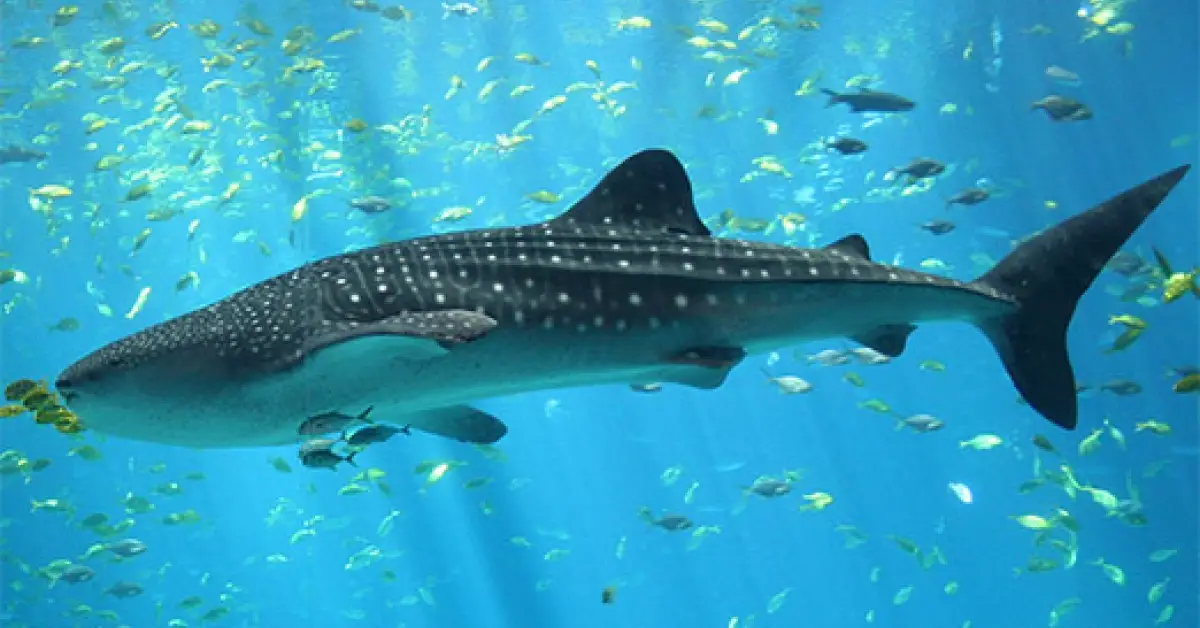
As with all living creatures, whales are deeply impacted by the environment they live in. Let’s take a look at how they are affected.
The Whale’s Diet and Feeding Habits
Whales have a varied diet depending on their species. Baleen whales, for instance, feed on tiny plankton and small fish, while toothed whales can eat larger fish and squid. Some species, like the humpback whale, engage in complex feeding behaviors like bubble-netting to catch their prey.
When a whale feeds, it is not only nourishing itself but also playing a critical role in the ecosystem. By consuming certain species of prey, whales can help to control their populations and maintain a healthy balance in the ocean’s food chain.
Migration Patterns
Whales migrate hundreds or even thousands of miles each year to find food, mate, and give birth. Understanding these patterns is crucial to understanding and protecting whale populations.
During their migrations, whales face a variety of threats, including ship strikes, entanglement in fishing gear, and noise pollution from shipping and drilling activities. To protect whales, researchers are studying their migration patterns and working to identify areas where they are most at risk.
Whales and Climate Change
Climate change is a major threat to whales and their habitat. Warming oceans and melting ice affect the prey they eat, the temperature of the water they swim in, and the currents that guide them on their migrations. To save whales, we must work to slow down and eventually stop climate change.
One example of how climate change is affecting whales is the decline in Arctic sea ice. As the ice melts, it is changing the distribution of prey species like krill and plankton, which in turn affects the feeding habits of whales that rely on these species for food. In addition, the melting ice is opening up new shipping lanes and oil drilling opportunities, which can lead to increased noise pollution and the risk of oil spills.
Efforts are underway to address these threats, including reducing greenhouse gas emissions and protecting critical whale habitat. By working together, we can ensure that these magnificent creatures continue to thrive in the wild for generations to come.
In Conclusion
Whales are fascinating creatures that continue to captivate us with their grace, power, and beauty. Understanding more about their world can help us protect them and their environment. We hope this article has inspired you to learn more about these incredible animals!

